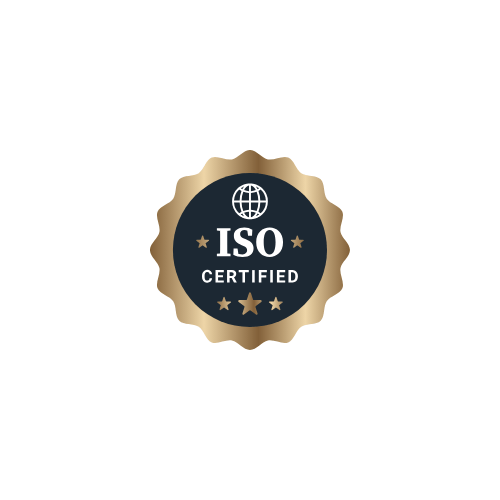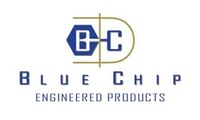Pitch Diameter vs. Major Diameter: Key Differences Explained
In the world of threaded fasteners, understanding the nuances of pitch diameter and major diameter is crucial for engineers and manufacturers. These dimensions play a significant role in ensuring the proper fit and function of screws and bolts.
Understanding Key Terms
Pitch Diameter:
The pitch diameter is an imaginary cylinder that passes through the threads at a point where the thread ridge and groove widths are equal. It is crucial for determining the fit between mating threads. The pitch diameter affects how well a nut fits onto a bolt, impacting strength and performance.
Major Diameter:
The major diameter is the largest diameter of a screw thread, measured from crest to crest. It defines the size of the thread and is essential for determining compatibility with corresponding nuts or tapped holes.

Standards and Measurements
International standards, such as ISO (International Organization for Standardization) and ANSI (American National Standards Institute), define pitch and major diameters.These standards provide guidelines for thread dimensions, ensuring consistency across different manufacturers.
- ISO 68-1: This standard specifies the basic profile for metric screw threads.
- ANSI/ASME B1.1: This standard covers unified-inch screw threads.
Measurement techniques for these diameters often involve specialized tools such as micrometers and thread gauges. Accurate measurement is vital to ensure that threads meet specified tolerances.

Comparing Pitch Diameter and Major Diameter in Fasteners
For instance, a pitch diameter that is too large can lead to loose threads, reducing the load distribution and potentially causing the fastener to fail.
On the other hand, a major diameter that is too small can result in a loose fit, compromising the strength and stability of the connection.
It's important to note that the pitch diameter and major diameter are not independent of each other. The pitch diameter is a function of the major diameter and the thread pitch, and understanding this relationship is key to designing and selecting the right threaded fasteners.
Pitch diameter is critical in applications requiring precise thread engagement, such as in high-stress environments.
Major diameter is crucial when selecting screws or bolts to fit into pre-drilled holes or nuts.
Impact on Manufacturing and Design
Understanding these diameters is essential during design to ensure fasteners perform as intended under various conditions. When specifying fasteners for specific applications, you must consider both diameters to avoid issues such as stripping or inadequate load-bearing capacity.
Common Misconception
Major diameter alone does not determine thread size. While it defines the maximum size, it does not account for how well threads will engage with each other.
Understanding the differences between pitch diameter and major diameter is essential for anyone involved in manufacturing or engineering design. These dimensions ensure that threaded fasteners perform reliably in their intended applications, maintaining structural integrity and safety.
References
For further reading on thread standards and measurements, consider consulting:- ISO 68-1: Basic profile for metric screw threads.
- ANSI/ASME B1.1: Unified Inch Screw Threads
- ISO 898-1: Mechanical properties of carbon steel and alloy steel fasteners.
- ISO 965-1: General purpose metric screw threads — Tolerances.
- ISO 3506-1: Mechanical properties of corrosion-resistant stainless steel fasteners.
- ISO 4759-1: Tolerances for fasteners — Bolts, screws, studs, and nuts.
- ISO 6157-1: Surface discontinuities on bolts, screws, and studs.
- ISO 10683: Non-electrolytically applied zinc flake coatings on iron or steel fasteners.
- ISO 2320: Locking torque of fasteners with prevailing torque properties.
- ISO 15071: Fasteners — Torque/clamp force testing.
- ISO 3269: Fasteners — Acceptance inspection.
- ISO 4042: Fasteners — Electroplated coatings.
- ISO 965-1: General purpose metric screw threads — Tolerances.
- ISO 5408: Screw threads vocabulary.
- ISO 1502: ISO general-purpose metric screw threads — Gauges and gauging.
- ISO 724: ISO general-purpose metric screw threads — Basic dimensions.
- ANSI/ASME B1.1: Unified Inch Screw Threads (UN and UNR Thread Form).
- ANSI/ASME B1.13M: Metric Screw Threads: M Profile.
- BS 3643-2: ISO metric screw threads — Specification for selected limits of size.
- JIS B 0205-1: Metric screw threads — Tolerances.


